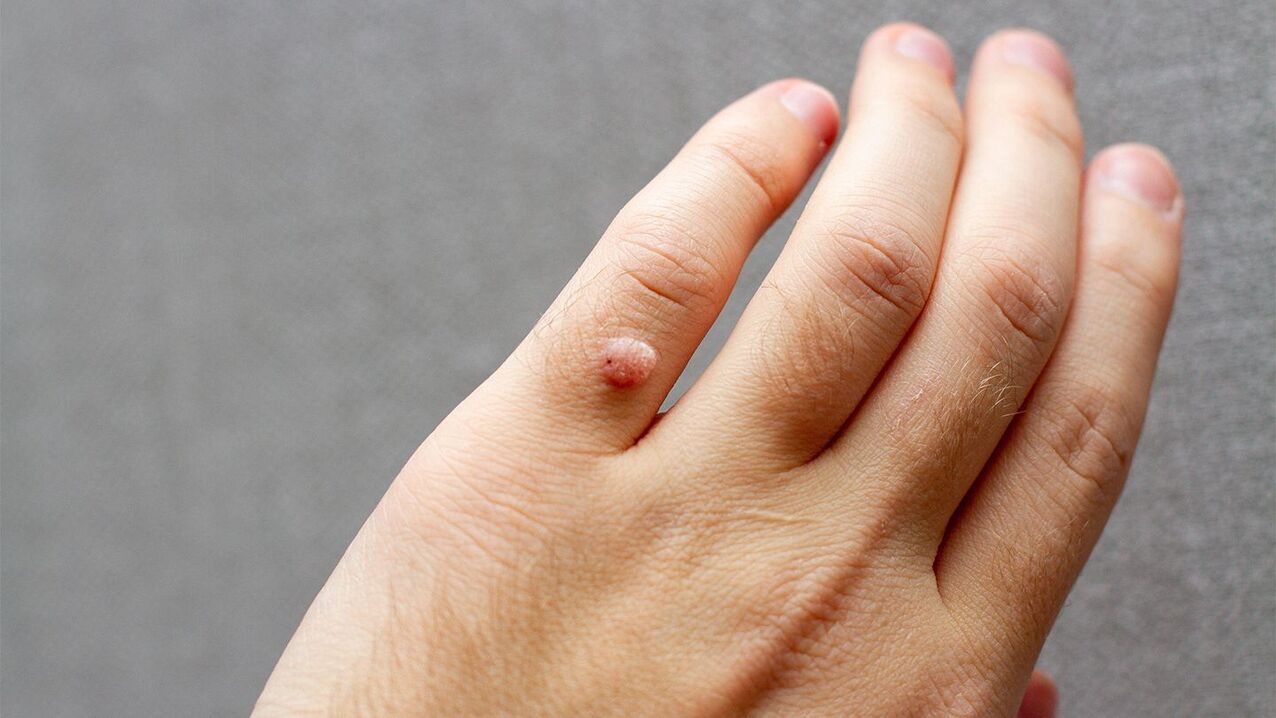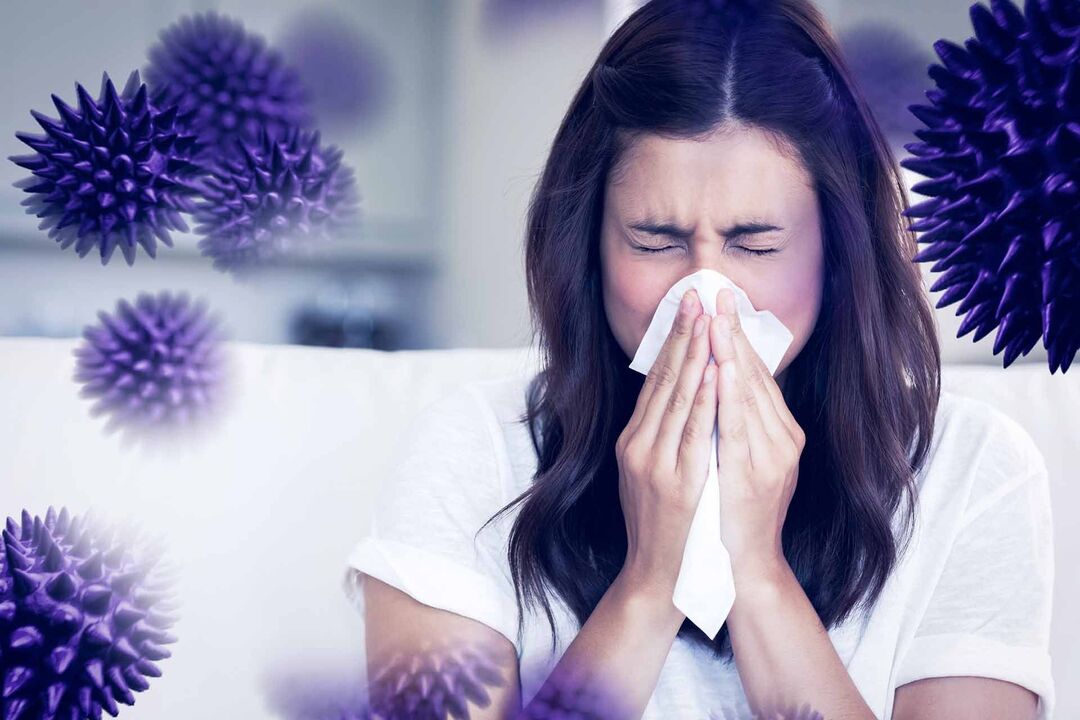Types of warts

- Simple/Vulgar.The most common type of skin tumor, 70% of cases are diagnosed in school-age children. Most commonly, this type of wart appears on the hands, but it can also appear on the edges of the lips and the neck. Simple warts are characterized by the presence of a single largest "mother wart" - if this is removed, smaller tumors disappear.
- bland/young.They are rare - accounting for only 4% of confirmed cases. They are located on the back of the hands, edges of the lips, glans penis, and oral mucosa.
- Palm soles.They appear where the greatest pressure is generated by uncomfortable shoes. Diagnosing this type of wart is often difficult because experts must distinguish associated tumors from corns and calluses.
- linear.It has a specific appearance - a small "tail" made of thin leather, which can have many strips and is always arranged in a "cluster". It's most common in the armpits, neck, and under the breasts.
Where do warts come from?
Place
- on legs, arms, feet;
- In the armpit area, under the breast and on its surface;
- face, neck and head;
- Regarding male and female reproductive organs;
- On the mucous membranes of the vagina, esophagus, and throat;
- in the mouth. inner surfaces of tongue, cheeks, and lips;
- On the body under clothes.
Reason for occurrence

- decrease in immunity;
- Exacerbation of chronic disease;
- pressure;
- malnutrition;
- bad habits;
- Passive lifestyle.
What to do if warts have appeared
Why warts need to be removed
- First, warts are contagious. For this purpose, personal hygiene products that come into direct contact with the wart or its vector are sufficient.
- Second, warts tend to "take over territory, " that is, spread to healthy areas of the skin. This process is called autoinoculation (self-infection).
When to see a doctor
- If the shape, color, or totality of the wart changes rapidly;
- If the wart is unevenly colored;
- If the borders of the wart are blurred (in this case, it is most likely not a wart);
- If the wart is painful or injured frequently (this increases the risk of it developing into a more serious condition);
- If the number of warts gradually increases;
- If the wart bleeds or itches;
- If warts form in the genital area.
Which doctors treat warts in children and adults
- He performs the examination and decides whether further diagnostics are needed (blood tests, PCR tests, biopsies).
- In certain suspicious cases, when warts show signs of malignancy, a dermatologist may recommend consultation with an oncologist or dermatologic oncologist.
- In most cases, doctors decide to remove the wart and then send its tissue for histological examination to make sure there are no signs of malignancy.
- Warts on a woman's breasts may lead to breast cancer and require examination by a breast doctor.
wart removal

- Laser Treatment.Typically, this method is used to remove warts in the tenderest and most painful areas, or if the patient wants to avoid scarring. Laser removal of warts on the face is the best solution because the procedure is painless, does not require a long recovery period, and leaves no scars on the skin after the procedure.
- Freezing damage.This involves the use of liquid nitrogen, which actually burns away the tumor without leaving a mark on the skin, although in some cases a small scar may be left. After removing warts with liquid nitrogen, patients need to avoid direct sunlight; in the future, a small white spot may remain at the surgical site.
- medical treatement.It is used in conjunction with the above methods. There are many medications that work locally and can help get rid of warts faster. The most effective medicine for treating warts is celandine extract, which is applied point by point to the area of growth. You should not use the celandine plant yourself to treat warts - its sap can cause severe burns if it gets on healthy skin.
Can you remove warts yourself?
complication
Advice for people with warts
- Warts may be observed without treatment as two-thirds of cases resolve spontaneously within two years. As old lesions recede, new warts may appear. This is not the result of treatment failure but is part of the natural history of HPV infection.
- Treatment usually takes weeks or months, so patience and persistence are crucial to successful treatment.
- Tools used to remove warts (such as nail files and pumice stones) should not be applied to healthy skin or used by other people. For the same reason, if the wart is located on areas of skin that have hair, you should use an epilator or electric razor to remove the hair from those areas, or not remove the hair at all to limit the spread of the wart.
- Repeated visits to the doctor are required to monitor and evaluate treatment results. • If the patient is self-medicating, he or she can schedule a follow-up visit with the doctor.
prevention
- Get quadrivalent vaccine (against HPV types 6 and 11, 16, and 18);
- Exclude casual sexual contact;
- use a barrier method of contraception (condoms);
- Follow personal hygiene rules;
- Prompt and adequate treatment of infectious and inflammatory diseases of the pelvic organs;























